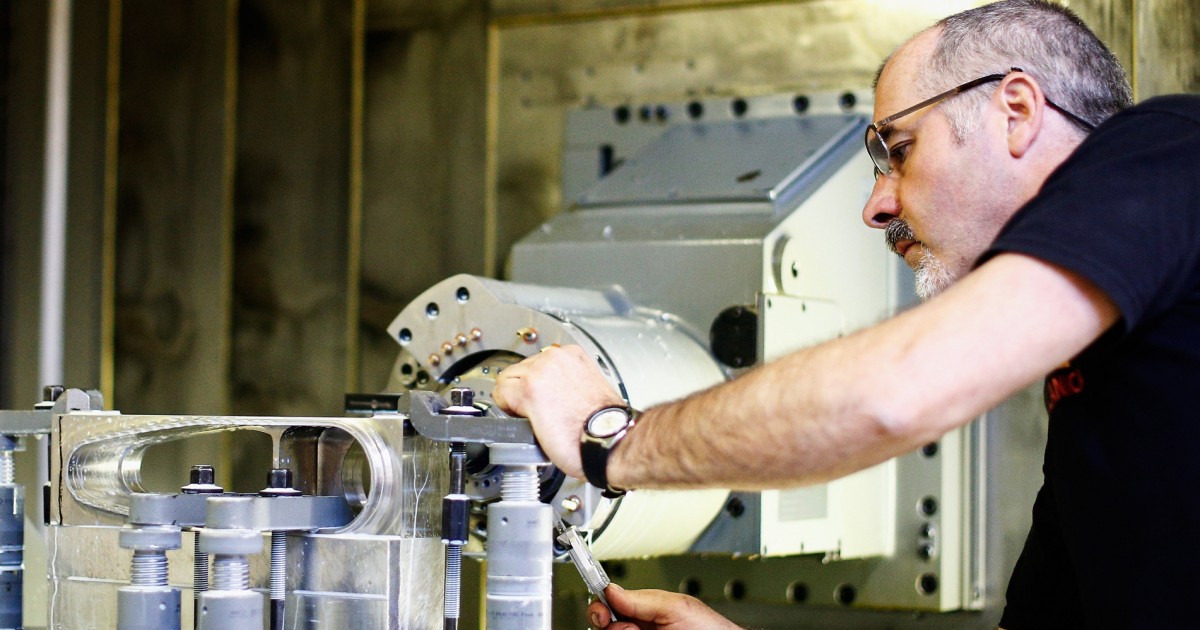
Incinerators
In space and astronautical engineering, incinerators are devices used to burn waste materials generated during space missions. These devices are designed to operate in microgravity conditions and use a variety of methods to combust waste, including thermal, plasma, and catalytic processes. Incinerators are an important component of spacecraft life support systems, as they help to reduce the volume of waste generated during long-duration missions and prevent the accumulation of hazardous materials. They are also used on Earth to dispose of hazardous waste materials, such as medical waste and chemical byproducts. In space, incinerators must be designed to operate with minimal power consumption and produce minimal emissions, as well as be able to withstand the harsh conditions of space. The development of efficient and reliable incinerators is an ongoing area of research in space and astronautical engineering.
Your Previous Searches
Random Picks
- Liquid Cooling: Liquid cooling is a method of heat removal from components and systems in which a liquid is used to transfer heat away from a source such as a computer processor. In the context of space and astronautical engineering, liquid cooling is used ... Read More >>
- Conductive Mats: Conductive mats are specialized mats designed to prevent the buildup of static electricity on spacecraft and other equipment used in space. These mats are made from materials that conduct electricity, such as copper or aluminum, and are typ ... Read More >>
- Fluid Mechanics: Fluid Mechanics is the study of fluids and their behavior under various conditions. It involves the study of the properties of fluids, such as density, viscosity, and pressure, and how they are affected by forces and energy. In the context ... Read More >>
Top News

A day at Uranus just got 28 seconds longer...
A day at Uranus just got a little longer...
News Source: ABC News on 2025-04-07

SpaceX's Fram2 returns from first-of-its-kind mission around Earth's poles...
The Fram2 mission, paid for and led by a cryptocurrency billionaire who is flying with three guests, has returned after a journey on a unprecedented polar orbit....
News Source: CNN on 2025-04-04

Scientists release plans for an even bigger atom smasher to address the mysterie...
GENEVA — Top minds at the world’s largest atom smasher have released a blueprint for a much bigger successor that could vastly improve research into the remaining enigmas of physics....
News Source: NBC News on 2025-04-01

Scientists release plans for even bigger atom smasher along the French-Swiss bor...
Scientists at the world’s largest atom smasher have released a blueprint for a much bigger successor that could help solve enigmas of physics, starting in the mid-2040s at a cost of about $16 billio...
News Source: ABC News on 2025-04-01

The 'Blaze Star' hasn't exploded yet, but it could soon...
T Coronae Borealis has an outburst every 79 to 80 years, according to NASA....
News Source: ABC News on 2025-03-28